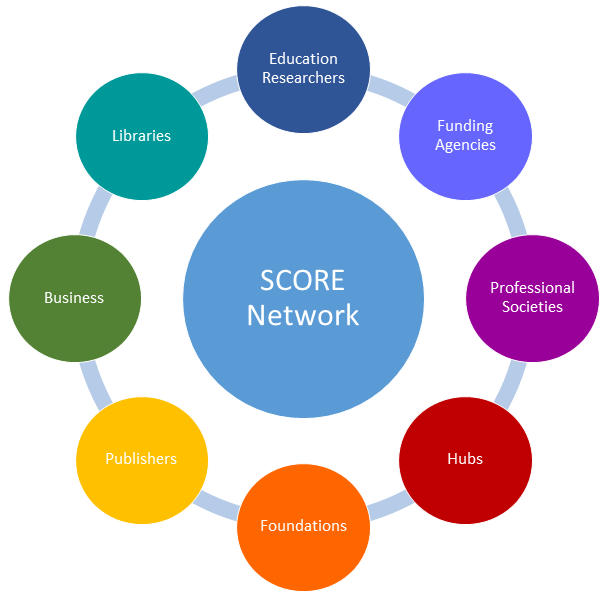Small is Beautiful: OER for Cultural Change in a STEM Institution
Author(s): Marja Bakermans1, Anna Gold1, Courtney Kurlanska1, Lori Ostapowicz-Critz1, Sarah Stanlick1
Worcester Polytechnic Institute
1222 total view(s), 276 download(s)
RIOS Report(PDF | 3 MB)
- License terms
Description
Using open and low-cost course materials does not necessarily translate into achieving greater equity and inclusivity in the classroom. Women, LGBTQ+, first-generation, and BIPOC (Black, Indigenous, people of color) communities are systematically unrecognized and underrepresented in STEM fields, and this reality is reflected throughout materials that students engage with in their STEM courses. OERs can be a part of the solution to these systemic issues by intentionally aligning with social justice principles of redistribution, recognition, and representation.
This report explores the connections between OERs and social justice at a STEM institution. Over the course of the year, our team explored how to: 1) build support, resources, and motivation for the adoption and creation of OERs at a STEM institution, 2) identify and engage individual faculty willing to create, adopt, or modify OERs in their teaching, and 3) demonstrate and share the significance of OERs from a social justice perspective, including issues of student voice and inclusion of historically minoritized identities and perspectives in traditionally unrepresentative STEM fields. Our approach to addressing these objectives took three paths: 1) surveying and knowledge mobilization in our community, 2) piloting OERs in the classroom, and 3) building capacity and connections for scaling this work at WPI.
In this report, we present background information and context, supply research performed at our institution, provide examples of pilot courses where faculty co-created OERs with students, and share key lessons learned throughout this year's focused experiences. The focus of this work is on how the co-creation of OERs by students can empower the next generation of STEM professionals to shape the way disciplinary content is represented and engage in a reinvigoration of course material that allows a diversity of voices to be heard.
Cite this work
Researchers should cite this work as follows:
- Bakermans, M., Gold, A., Kurlanska, C., Ostapowicz-Critz, L., Stanlick, S. (2022). Small is Beautiful: OER for Cultural Change in a STEM Institution. Sustainability Challenges for Open Resources to promote an Equitable Undergraduate Biology Education (SCORE-UBE), QUBES Educational Resources. doi:10.25334/SWMT-8J58
